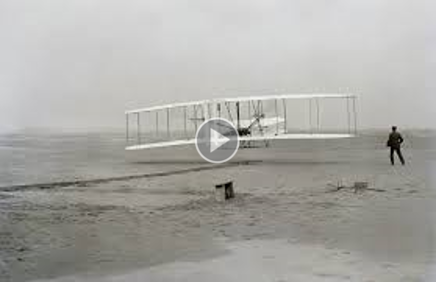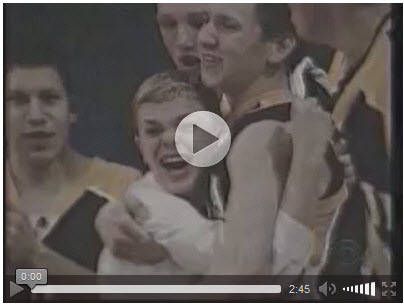'Jim Johnson' had coached high school basketball for
25 years, always with the mantra, “dreams really do come
true.” But is was during his 2006 tenure at Greece Athena
High School where he got his chance to prove that
his mantra was more than just mere words.
Jason McElwain (A.K.A. J-Mac, a tag Coach Johnson had
hung on him two years earlier) was a Special Ed student
at Greece Athena High School and Jason had a burning
passion for basketball. But, try as he may, he was never
able to make the team, in part due to 5'7" frame but also in
part due to his
disability — autism. After failing to make
the junior varsity
team Jason assumed the role of junior
basketball team manager, eventually moving on to varsity
manger. For years he managed with the enthusiasm of a
star varsity player. So as the home finale of his senior
year approach, Coach Johnson made a decision that
only a real 'Coach' could make. 'Dressing for the final
home game, he thought, would be a fitting show of
gratitude for J-Mac's amazing dedication.' A simple but
fitting reward for such extraordinary devotion. With that
in mind,
Johnson added J-Mac to the roster, issued him
jersey #52 and then dressed him for the game. Initially,
the plan was simply to let Jason suit up, to finally be part
of the team he loved, even if it was for just one game. It was Friday night on February 15, 2006, and the
bleachers at Greece Athena High School near Rochester,
New York, were packed with students and parents,
most notably Jason's. Greece Athena was playing
Spencerport High School, a long standing rival, for a
division title.
As time ticked by Jason continued to
rally his team as he had done so many times before.
Then with just 4:19 left in the game, and a double digit
lead,
Coach Johnson stood up, pointed to #52,
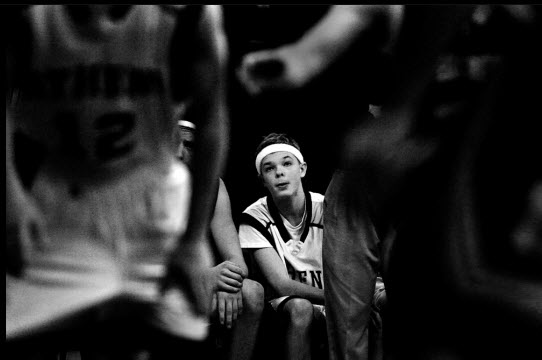
J-Mac took the
court with the fanfare of a rock-and-roll star! His first
shot,
a 20 footer, from the right baseline, was
a complete air ball.
His second shot missed too. Coach Johnson hung his head in his hands, "Dear God,
please,
lets just get him a basket." You know it's funny
he mentioned that, because right then, God showed up.
Jason's third try was a charmer, a 3-point no-doubter and
pandemonium broke loose. "But Jason wasn't done yet,
no,not by a long shot." He would follow his first 3 pointer
with 5 more, one right after another, each one more
convincing
than the one before.
His last shot would be
a 3-pointer, at the
buzzer, and by then the team and the
fans had reached complete
state of frenzy. They carried
Jason on their shoulders as though they
had
just won
the biggest game of their lives. And perhaps, in some
small way, that's exactly what every single
person in
that gym did that night.
Witnessing a moment in time
that will likely never be equaled again in their lifetimes. All tolled J-Mac scored 20 points in just 3:11,
a 200 point/game pace.
He was high scorer of the
game and tied
the
school record for
3-point field goals.
In just a
few minutes time this
diminutive 17-year-old,
his
coach and
his teammates, managed
turned the tables
on
a lifetime filled largely with autistic social isolation. Call it
what you want,
but on February 15, 2006, Coach
Jim
Johnson
brought 'True Meaning' to the word 'Coach'& his
Team true meaning to the word 'Teammates'.
In December 2013, #52 was officially retired. The original 52 jersey McElwain wore was picked at random and has been hanging
in Johnson's closet for eight years. John Wallace (No. 44),
who led Athena to the 1992 state title, starred at Syracuse
and went on to the NBA, is the only other Athena basketball
player
to have his number enshrined.

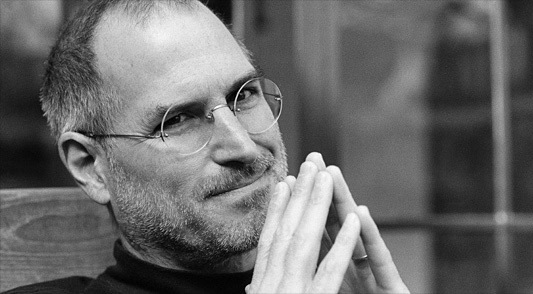
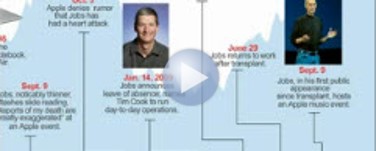



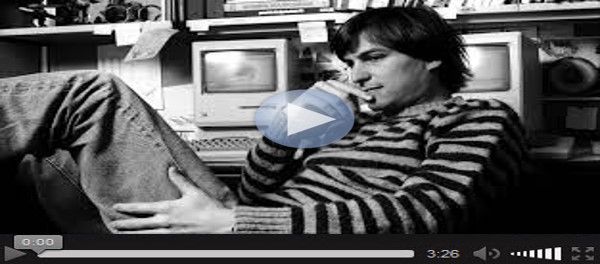
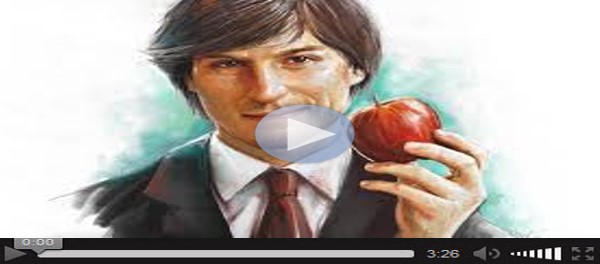


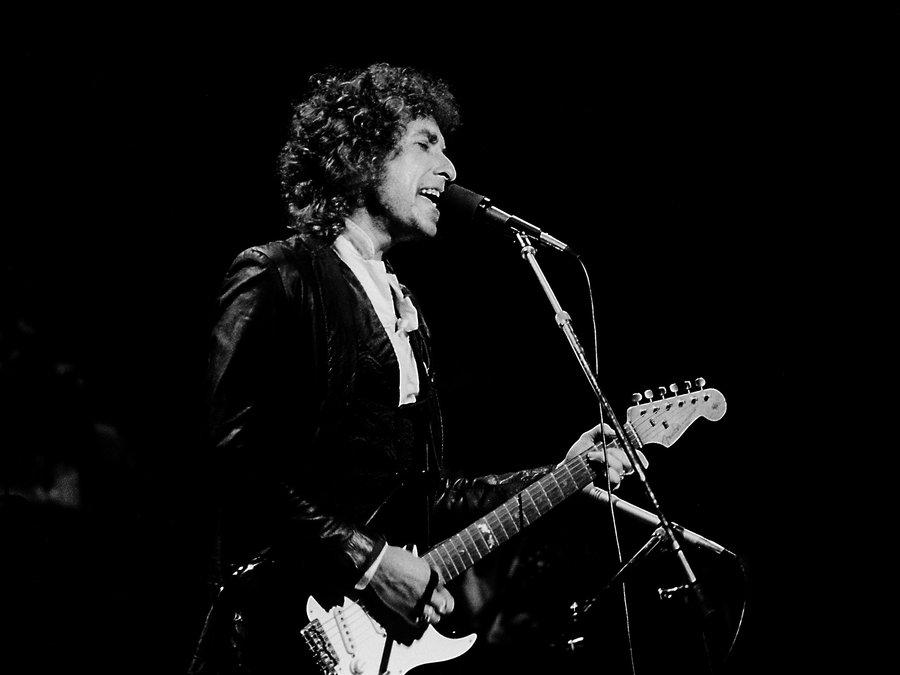



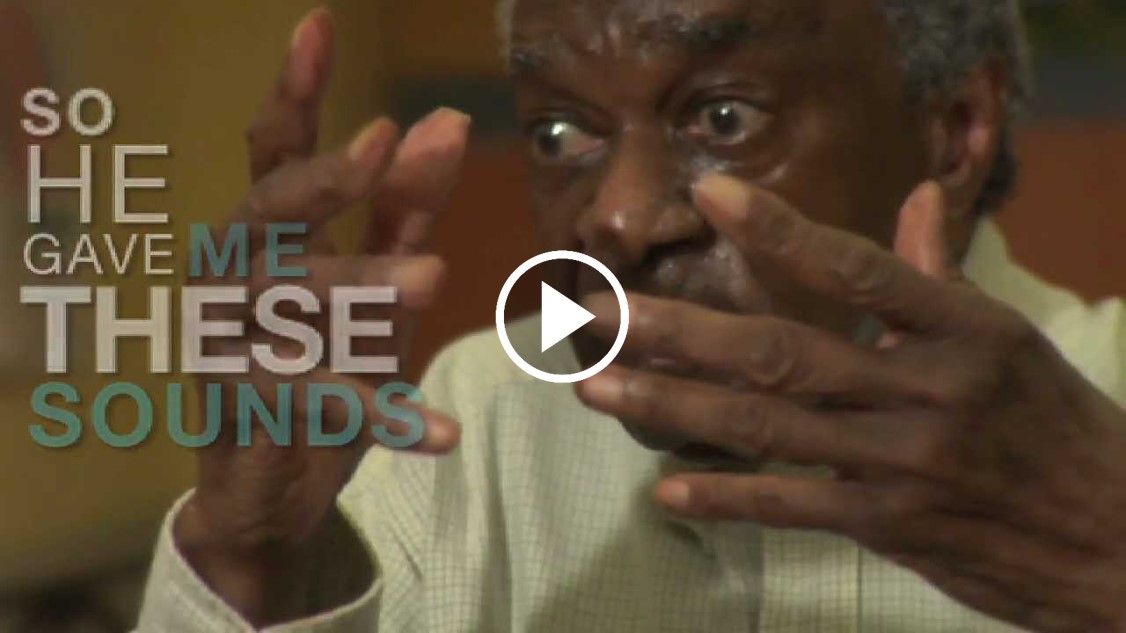

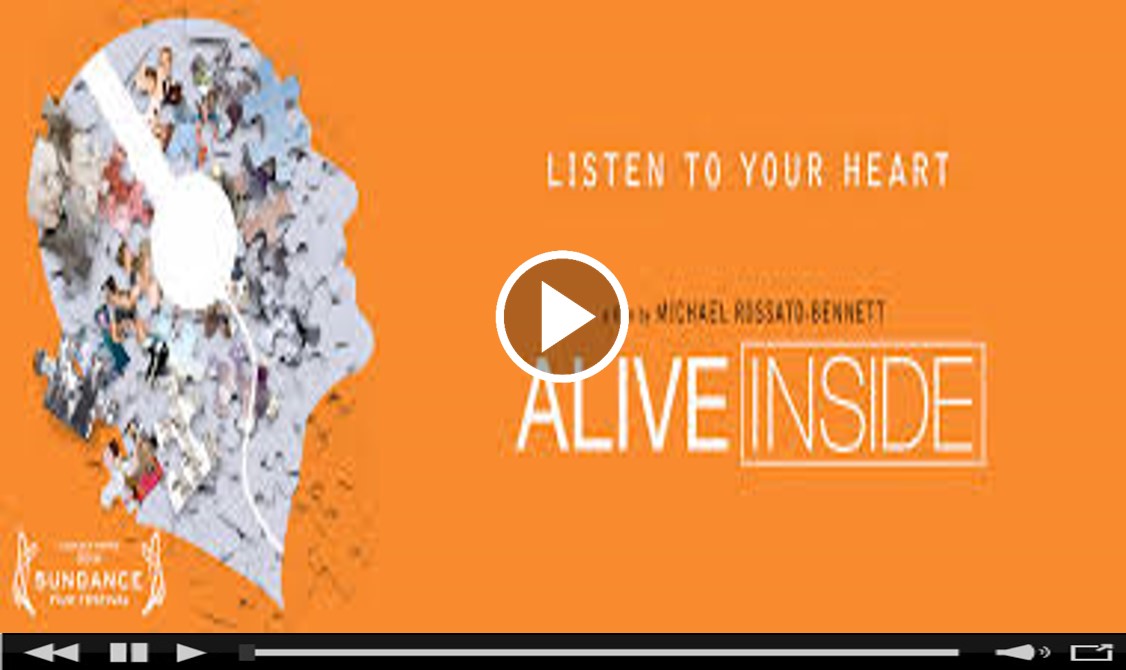

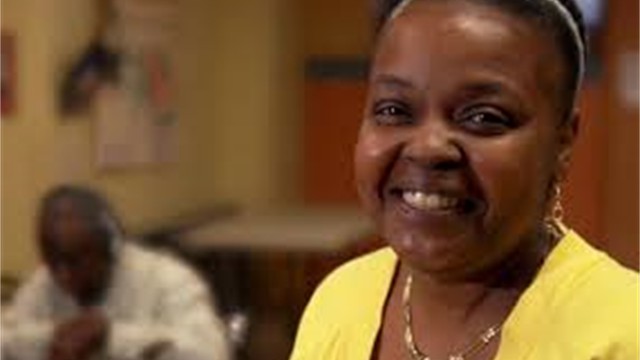
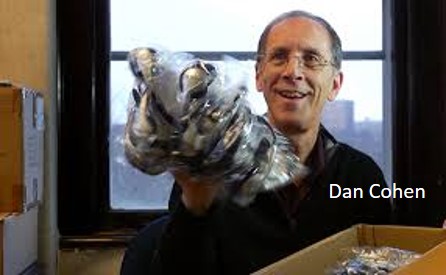
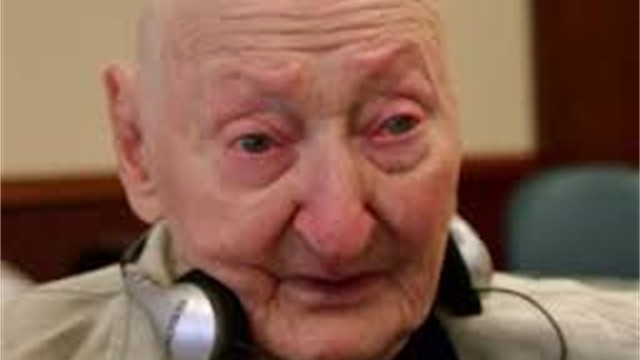
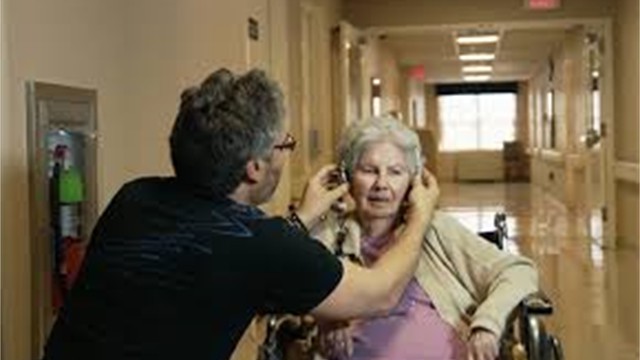
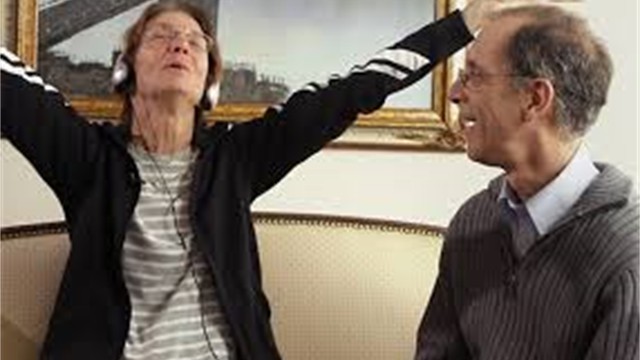
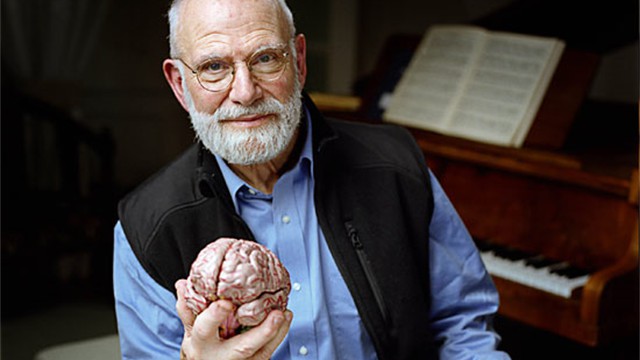
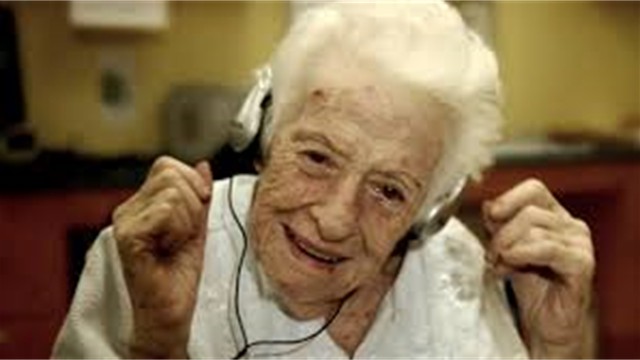
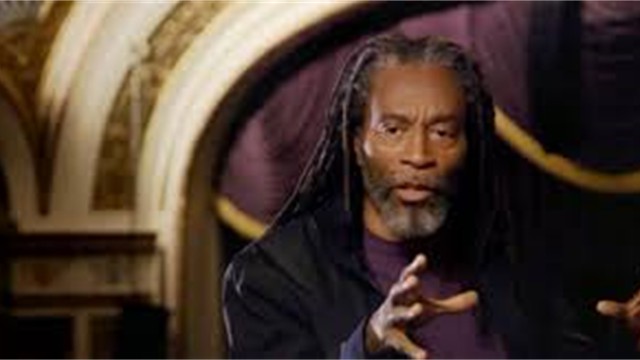

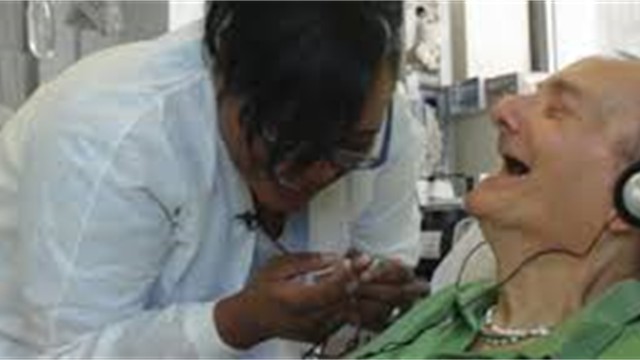
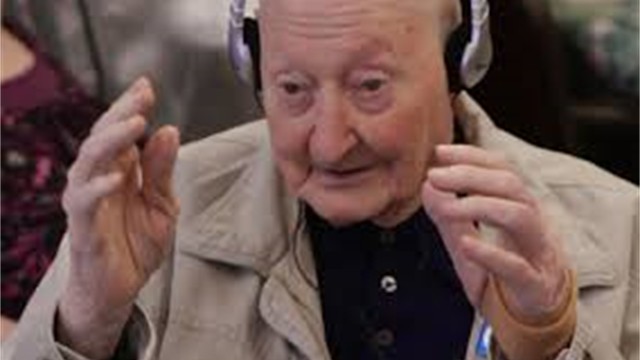
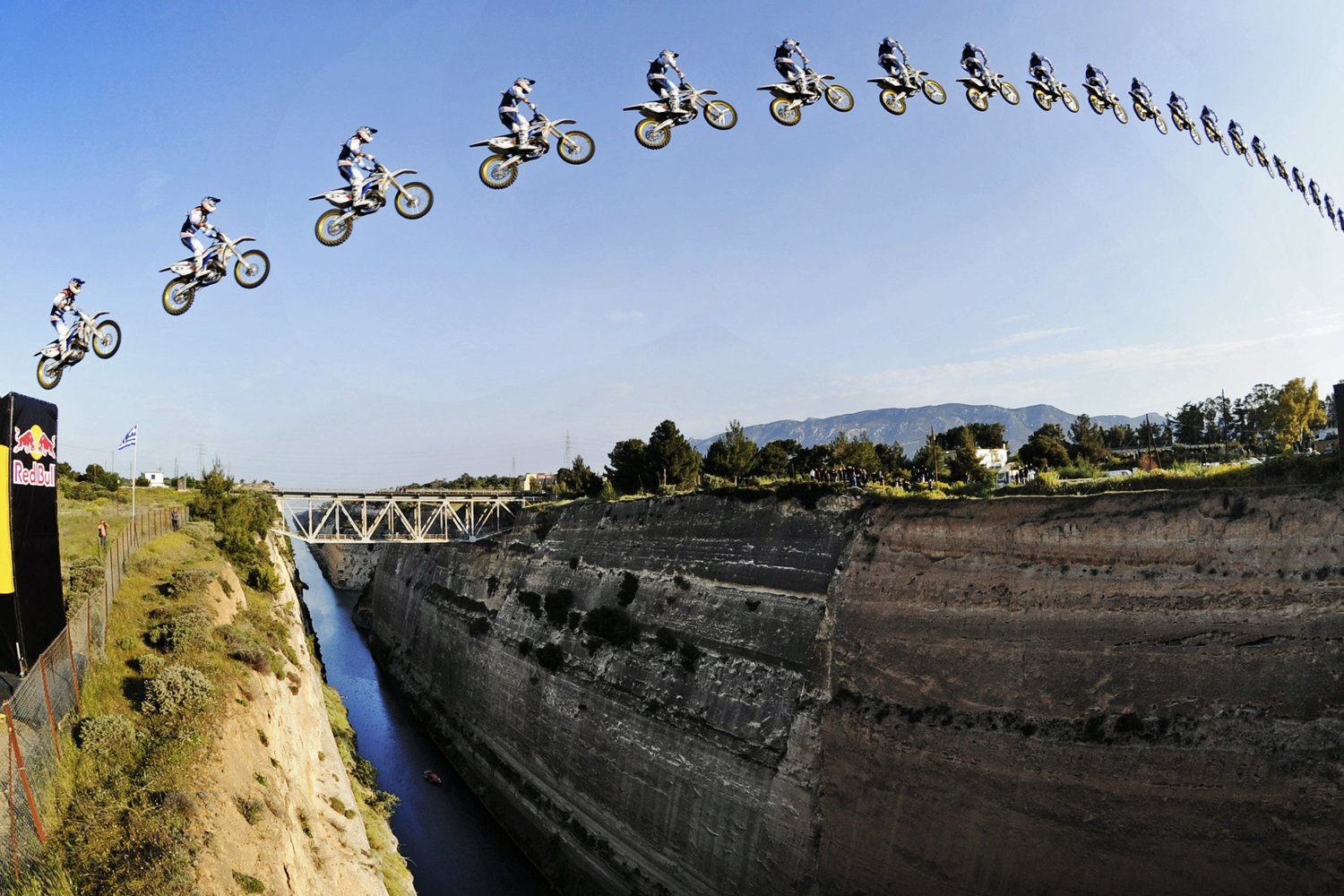
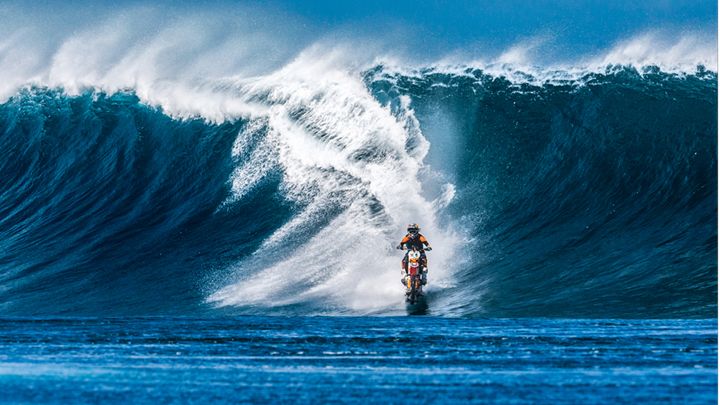
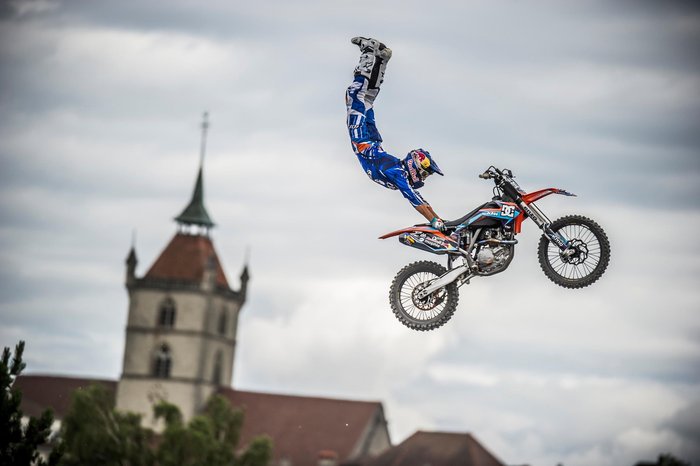


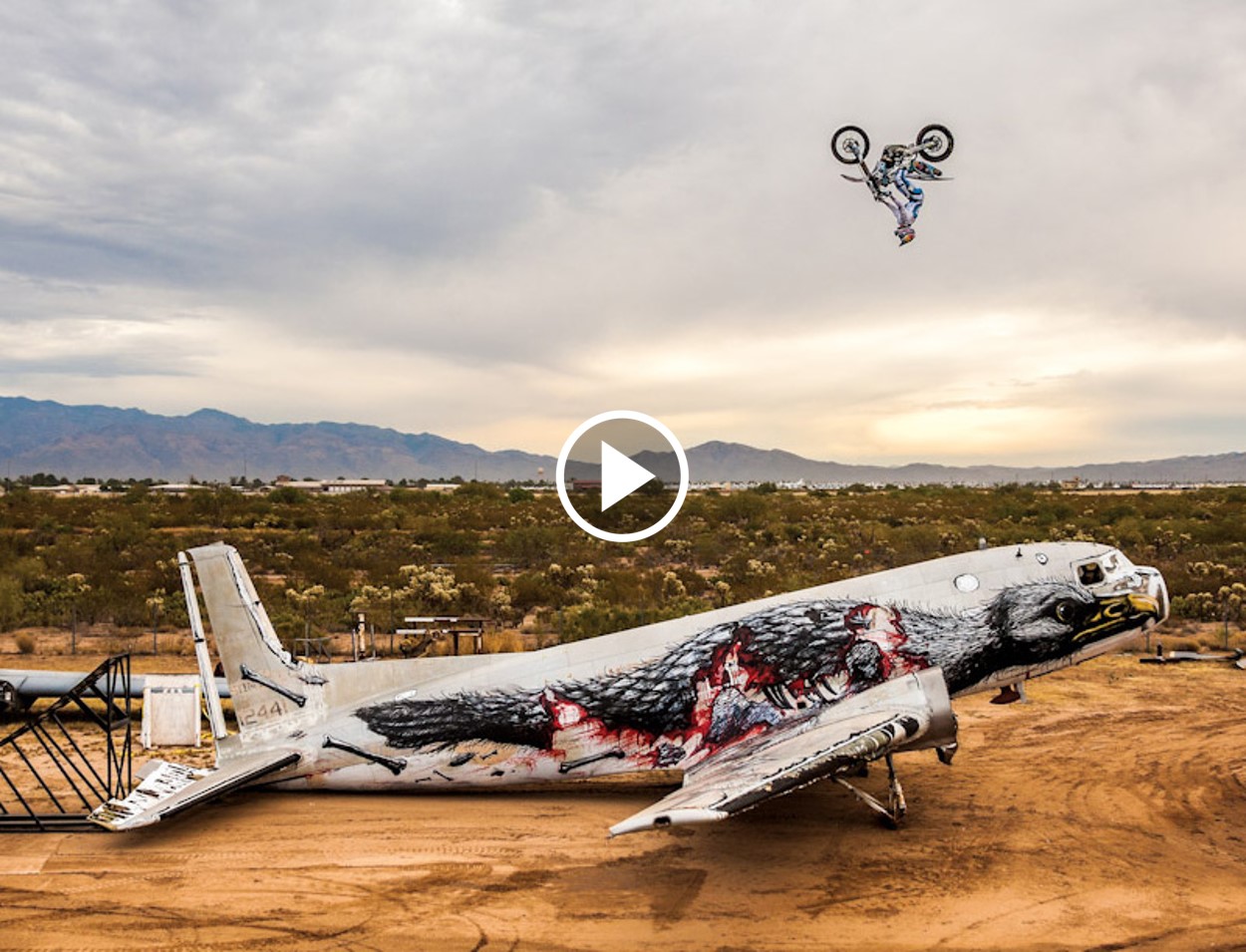
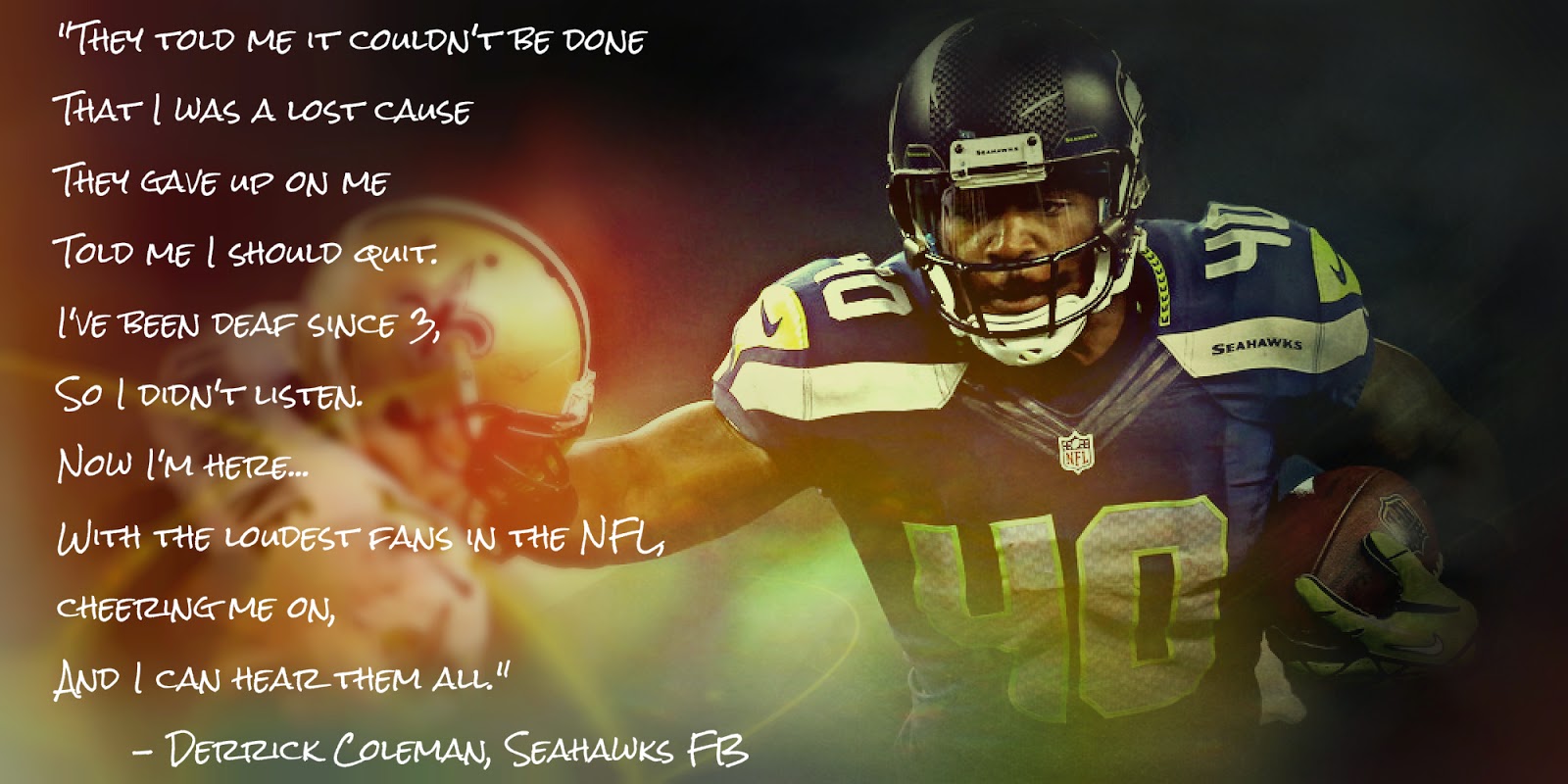

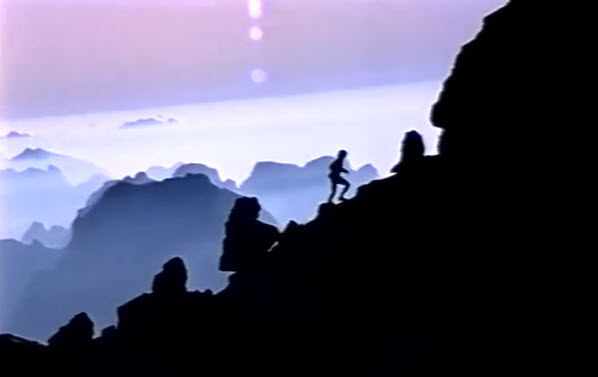

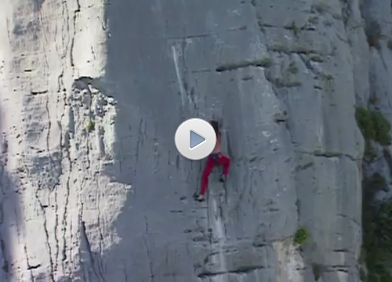

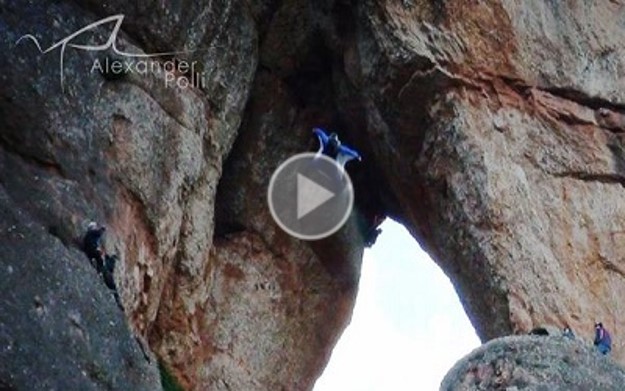
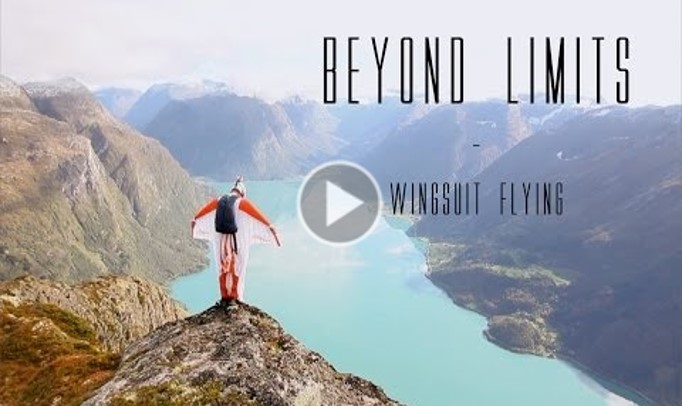


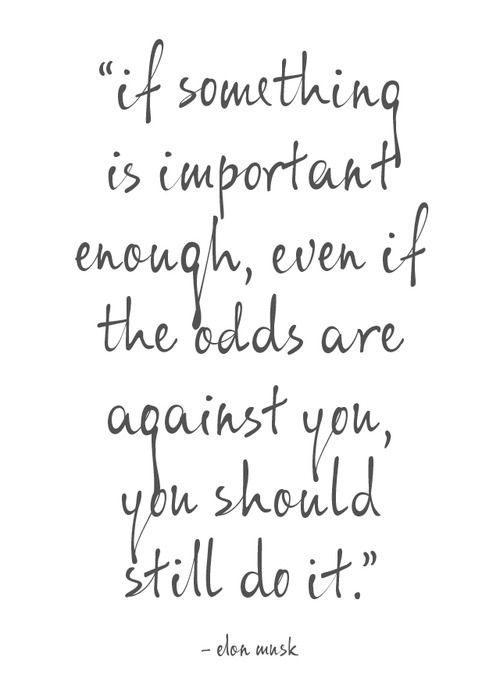

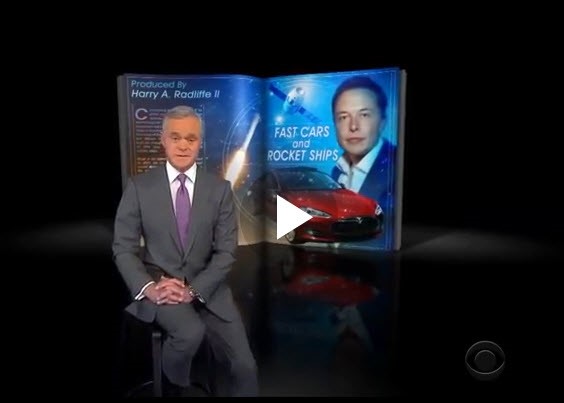
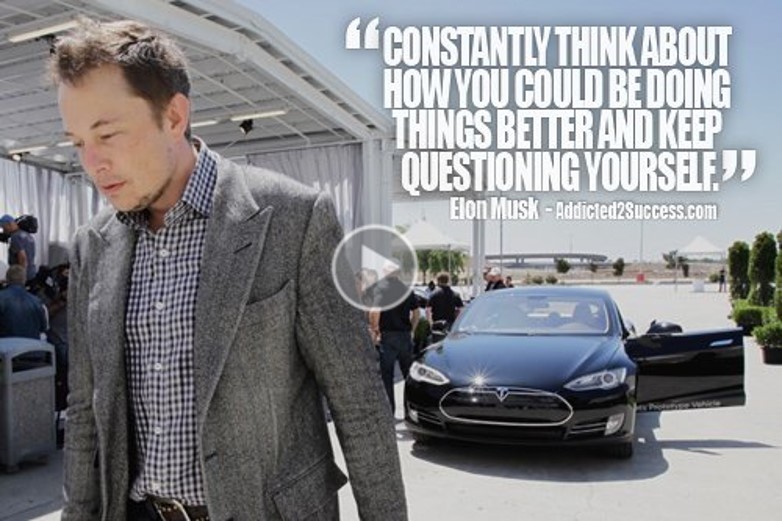
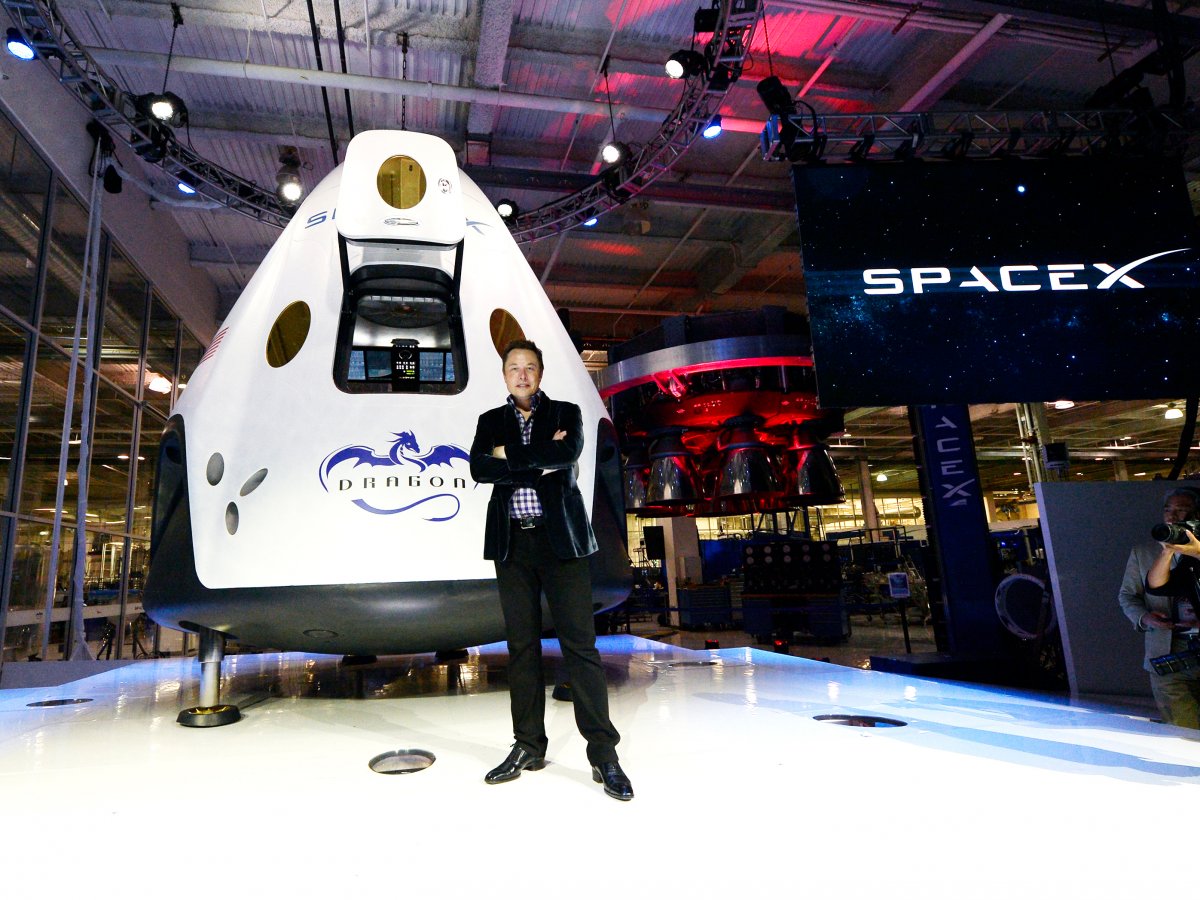
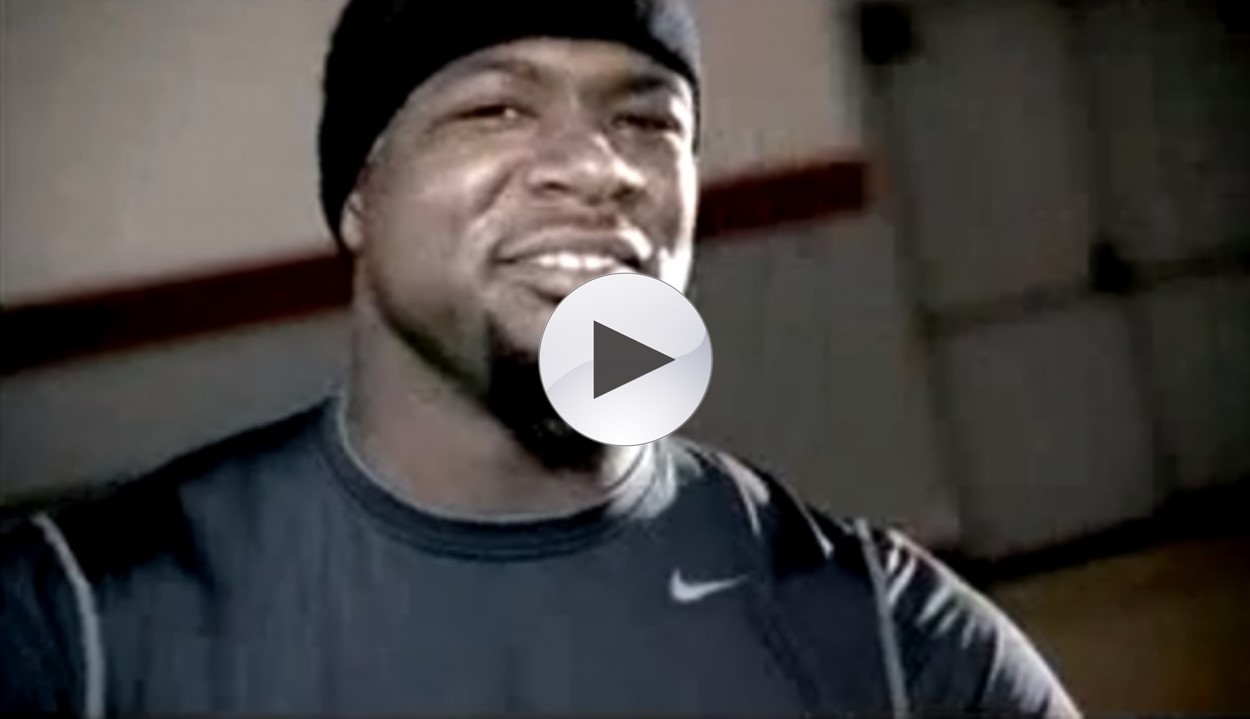


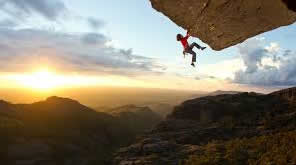

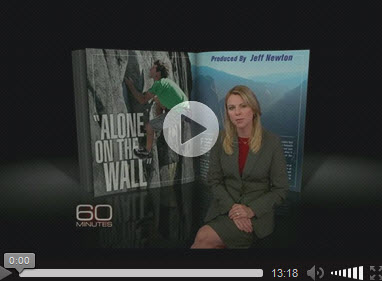
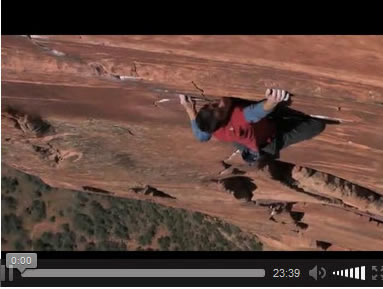

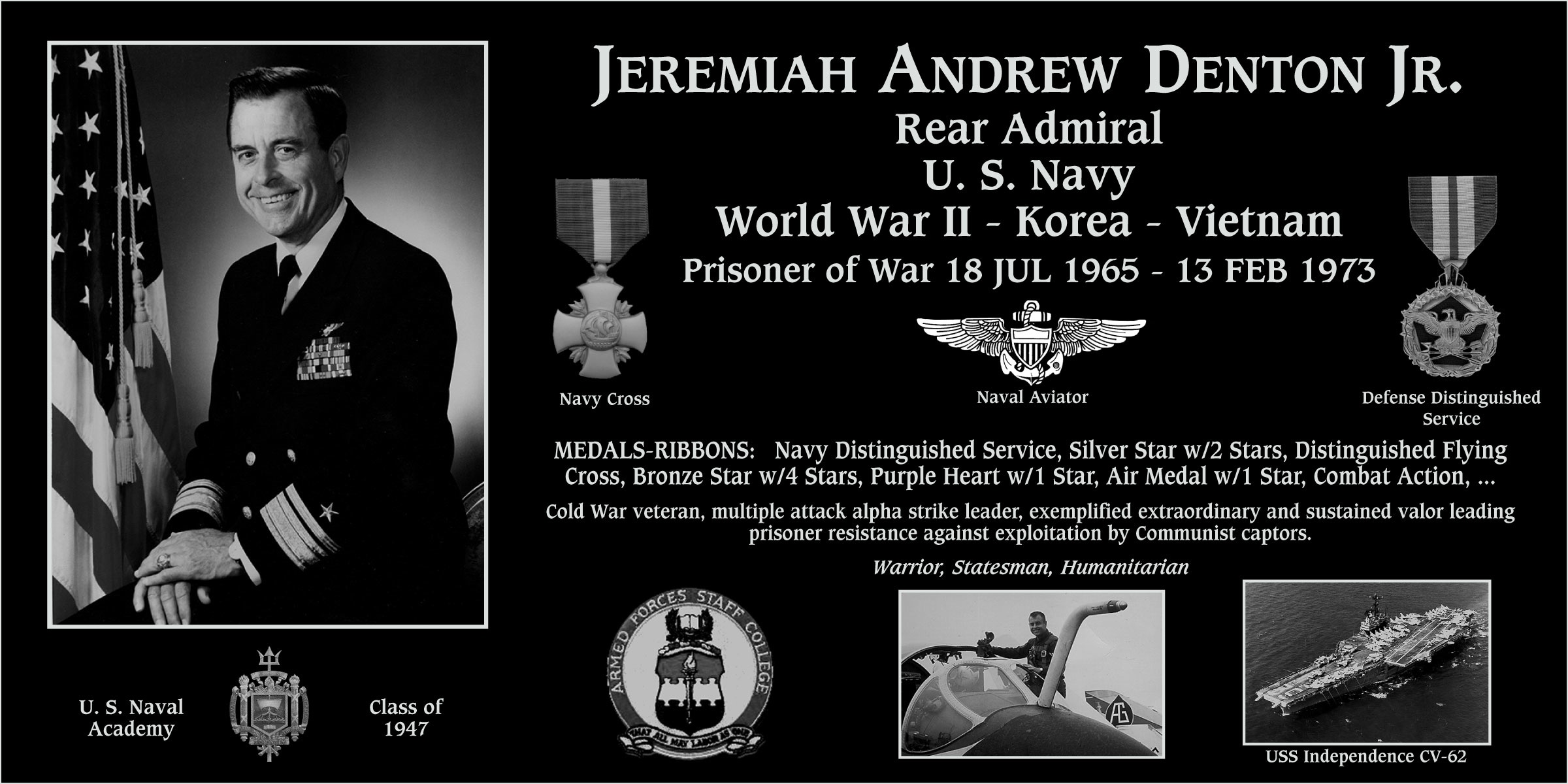


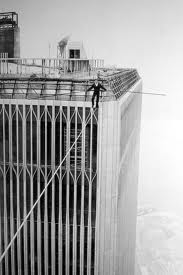
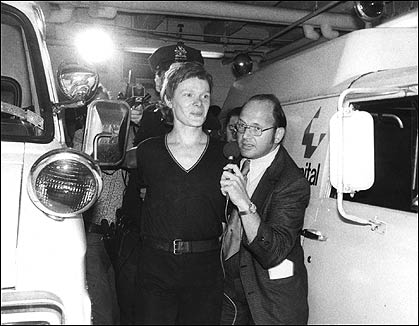
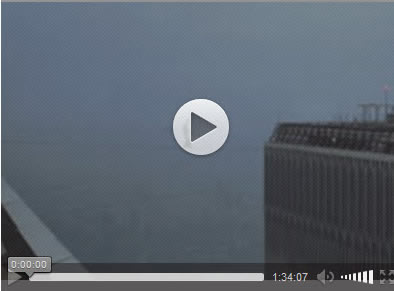
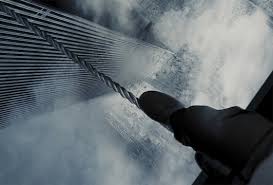
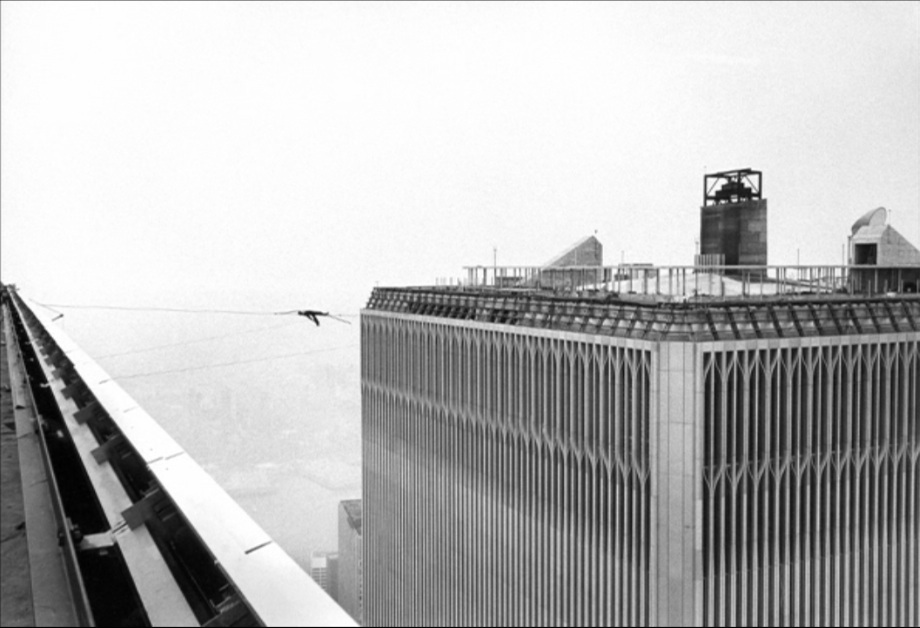
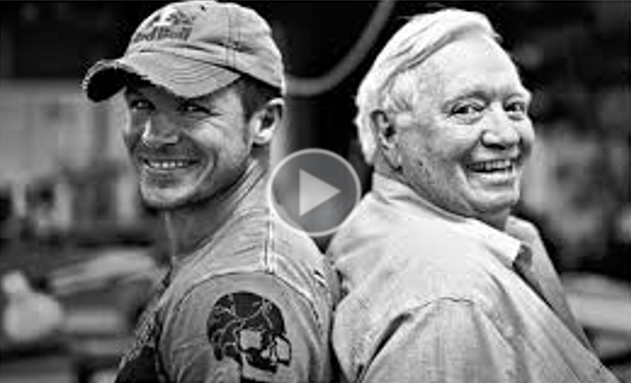
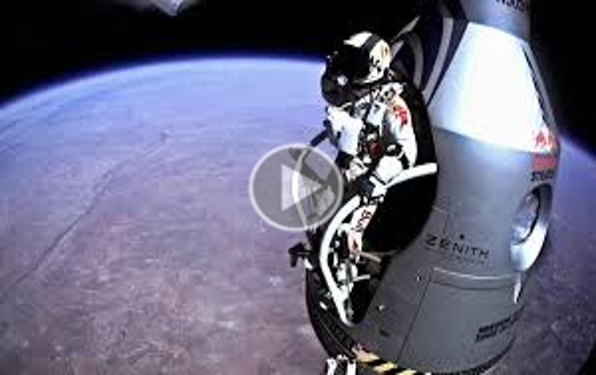

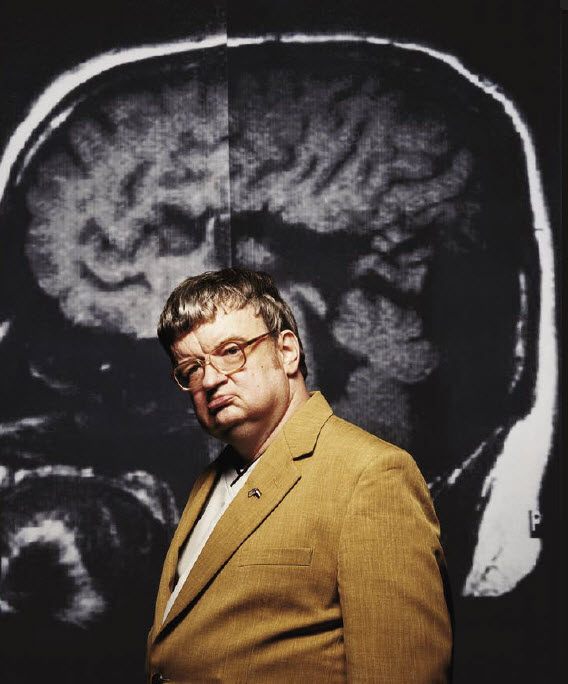
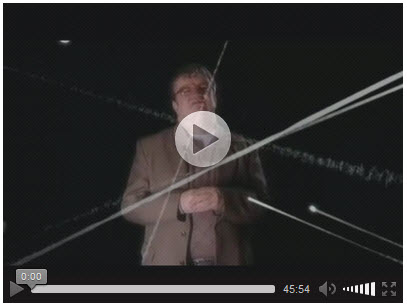
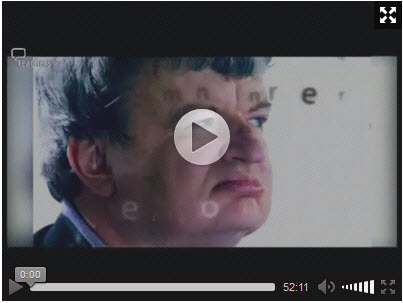
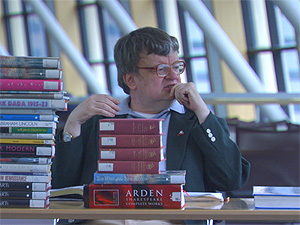
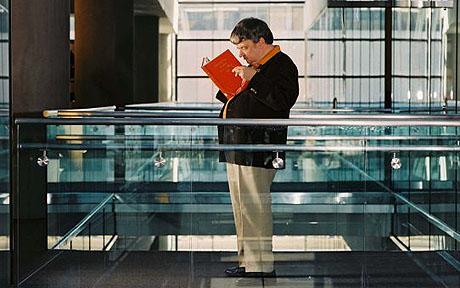



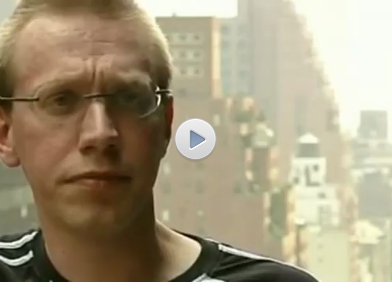


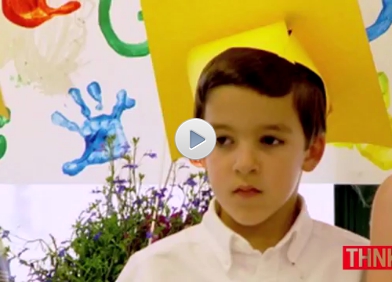
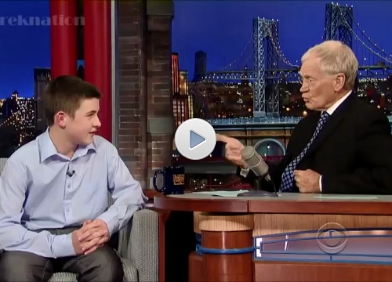


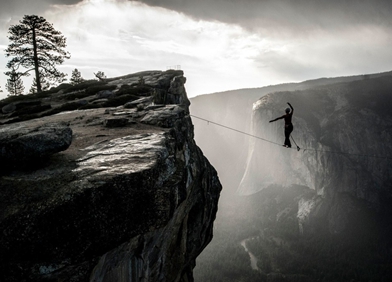

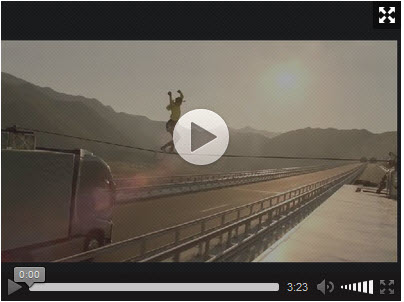

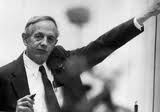


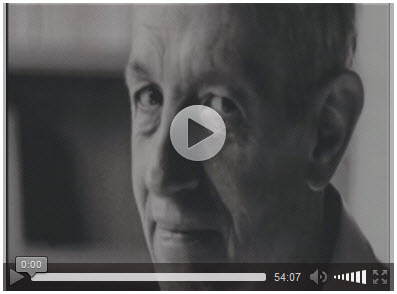
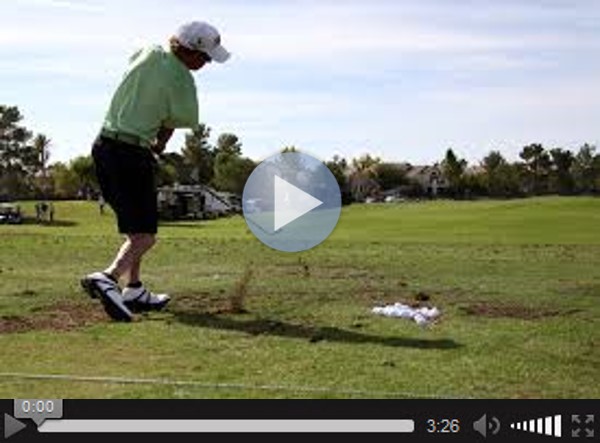


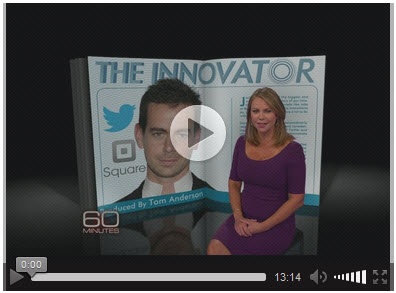
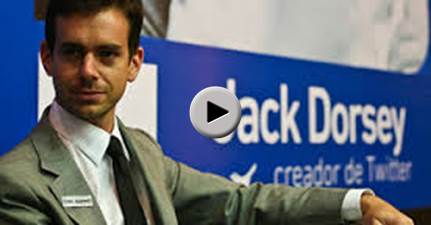
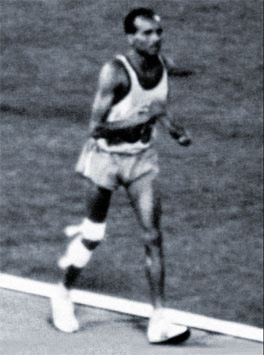




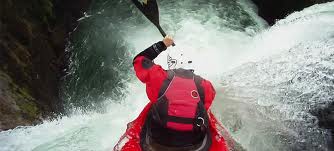


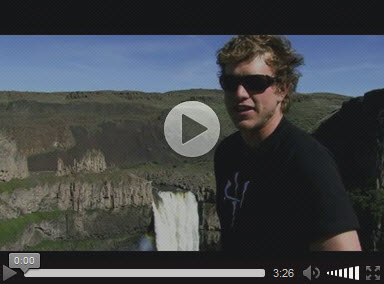
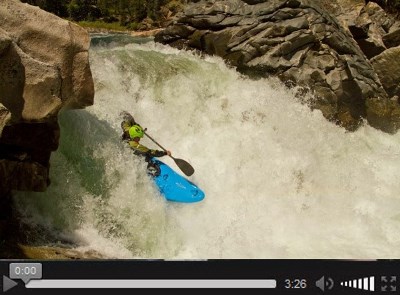




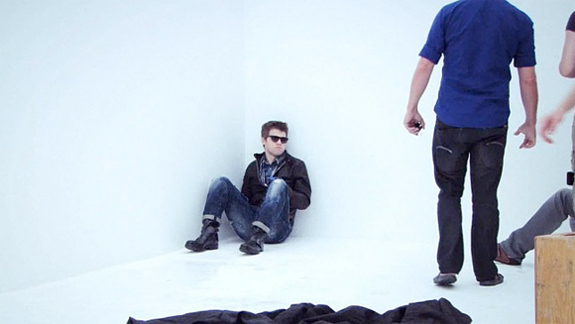
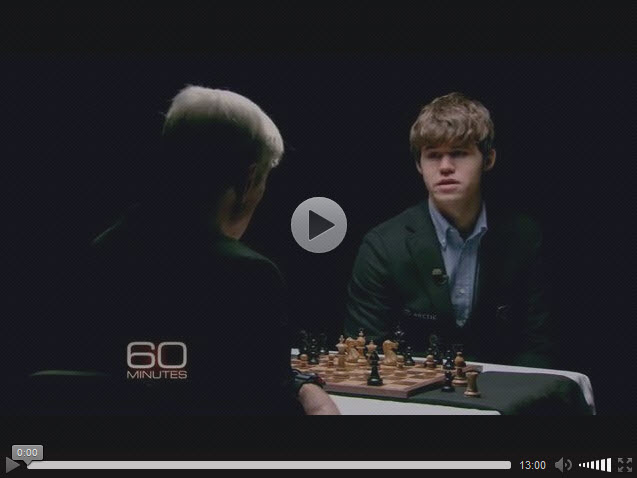







_001.jpg)
